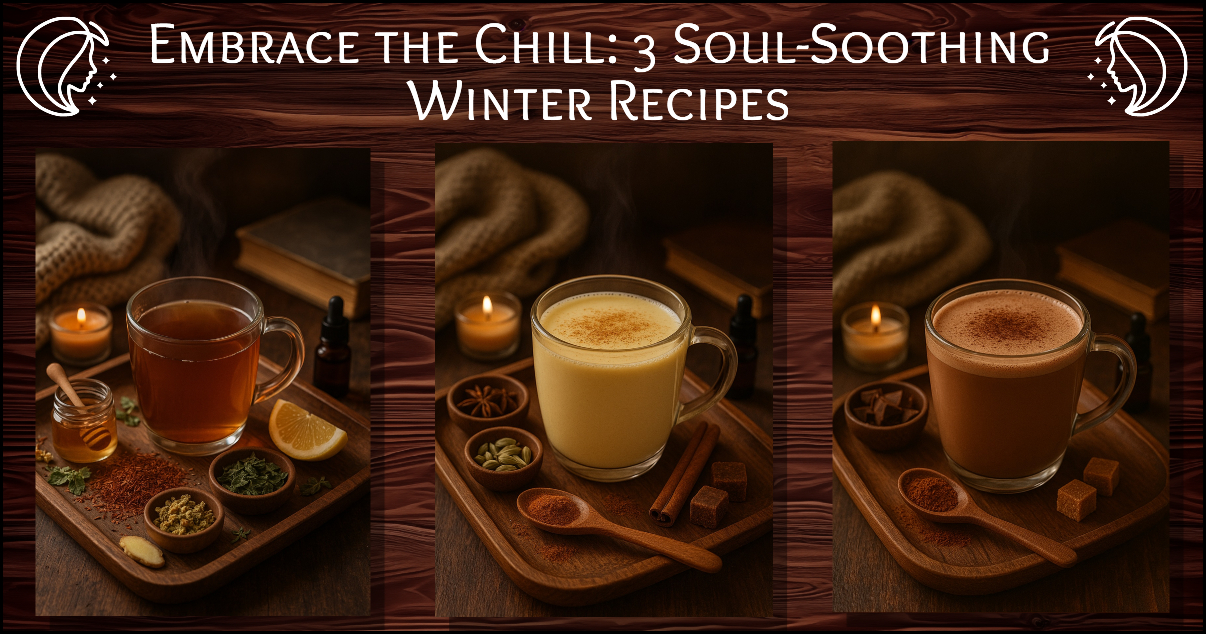
The Origins of Essential Oils: A Journey Through Time
The Ancient Beginnings
The story of essential oils dates back to ancient times when humans first discovered the power of plants. Early civilizations such as the Egyptians, Chinese, and Indians were among the first to harness the properties of aromatic plants. While the methods to extract oils as we know them today were not yet developed, these cultures used rudimentary methods such as maceration and infusion to obtain fragrant oils and waters.
Egypt
In ancient Egypt, essential oils played a significant role in daily life. They were used in religious ceremonies, cosmetics, and embalming practices. The Egyptians believed that these aromatic substances had a divine connection and could purify the soul. Frankincense and myrrh, two iconic resins, were prized for their spiritual and medicinal qualities. Records from the Ebers Papyrus, dating back to 1500 BCE, reveal the use of aromatic oils for treating ailments.

This ointment vase made of serpentinite with some gold leaf is inscribed with the name of Thutmose III. (Eighteenth Dynasty – photo: Metropolitan Museum of Art, 26.8.36.a, b)
China and India
In China, the use of plants for medicinal purposes can be traced to around 2700 BCE, with texts like the Huangdi Neijing documenting their applications. Similarly, in India, the ancient Ayurvedic system of medicine incorporated aromatic oils and herbs for healing and spiritual practices. Sandalwood and cinnamon were particularly revered for their calming and restorative properties.

Medicated oil from Tiger Balm, which has created new packaging to draw in the younger generation, while empowering people to have access to health and wellness. Credit: Haw Par Healthcare.

“Durable stone vessels, carved from materials like granite or soapstone, were used for valuable substances. * These containers provided excellent protection from light and heat, helping to preserve the aromatic properties of oils.”
The Greek and Roman Influence
The Greeks, inspired by the Egyptians, further advanced the use of essential oils. Hippocrates, often referred to as the “Father of Medicine,” advocated for aromatic baths and massages to improve health. The philosopher Theophrastus wrote extensively about the healing properties of plants and their scents.
The Romans, known for their indulgent lifestyles, embraced essential oils for their luxurious baths and perfumes. They also recognized the medicinal value of these oils, using them in wound care and to prevent infections. Essential oils like lavender and rosemary became staples in Roman households.

Knossos Storage Jar (Pithos), Greece
This large terracotta pithos from Knossos, dating to around 1500 BCE, was used to store oils. Its intricate relief decorations and sturdy design highlight the artistry and functionality of Minoan craftsmanship. Image (copyright) Ashmolean Museum, University of Oxford AN1911.608

The dainty well-preserved glass container, almost full of what is almost certainty solidified olive oil, comes from one of the ancient Roman towns (most likely from Herculaneum), which were destroyed by the eruption of Mount Vesuvius in 79 A.D.
The Middle Ages: A Resurgence of Aromatics
During the Middle Ages, essential oils saw a resurgence in Europe, largely due to the influence of returning Crusaders who brought knowledge of Middle Eastern distillation techniques. This period also saw the rise of alchemists who refined the art of distillation, enabling more efficient extraction of essential oils.
Monasteries became centers of herbal knowledge, where monks cultivated plants and prepared oils for medicinal use. Lavender, sage, and thyme were commonly employed to ward off illnesses, especially during outbreaks of the plague.

Alchemist Heating a Pot, by David Teniers the Younger (1610 - 1690), oil on canvas.

Monks during middle ages cultivating herbs
The Renaissance and Beyond
The Renaissance era marked a turning point in the history of essential oils. Scientific inquiry flourished, and distillation techniques improved significantly. This period saw the publication of influential texts like Hieronymus Brunschwig’s Liber de Arte Distillandi (“The Book of the Art of Distillation”), which detailed methods for extracting and using essential oils.
As trade routes expanded, new oils from distant lands, such as clove, nutmeg, and cinnamon, became available in Europe. These exotic essences were highly sought after, both for their therapeutic properties and their status as luxury goods.

The Liber de arte distillandi de simplicibus is a German book by Hieronymus Brunschwig published on 8 May 1500 by Johann Grüninger. It was the first book on the subject of distillation written in the German language, and was also the first book on chemistry published in the English vernacular.
The Modern Era: A Revival of Interest
The 19th and 20th centuries brought significant advancements in chemistry, allowing scientists to isolate and study the compounds within essential oils. This paved the way for the modern field of aromatherapy, popularized by figures like René-Maurice Gattefossé, a French chemist who coined the term after discovering the healing properties of lavender oil.
Today, essential oils are celebrated worldwide for their versatility. From promoting relaxation and boosting immunity to enhancing beauty routines, they remain an integral part of holistic wellness practices.

"The external application of small quantities of essences rapidly stops the spread of gangrenous sores. In my personal experience, after a laboratory explosion covered me with burning substances which I extinguished by rolling on a grassy lawn, both my hands were covered with a rapidly developing gas gangrene. Just one rinse with lavender essence stopped "the gasification of the tissue". This treatment was followed by profuse sweating, and healing began the next day (July 1910)."
Conclusion
The journey of essential oils from ancient rituals to modern-day wellness is a testament to their enduring appeal and efficacy. Each drop of essential oil carries the wisdom of centuries, connecting us to a time when nature’s bounty was both a remedy and a reverent gift. As we continue to explore their benefits, we honor the rich history and traditions that have shaped our understanding of these remarkable plant essences.
© Author - Alta Louw Jooste (Aromatherapy Formulator)
WEB SOURCES
https://nilescribes.org/2021/05/25/ancient-egyptian-perfumes-oils/
https://www.roots.gov.sg/ich-landing/ich/making-of-chinese-medicated-oils
https://www.ashmolean.org/knossos-storage-jar
https://daily.jstor.org/alchemists-workshop/
https://thebiomedicalscientist.net/2019/01/30/health-and-herbs-dark-ages
https://www.tisserandbenelux.eu/aromatherapie/gattefosse



